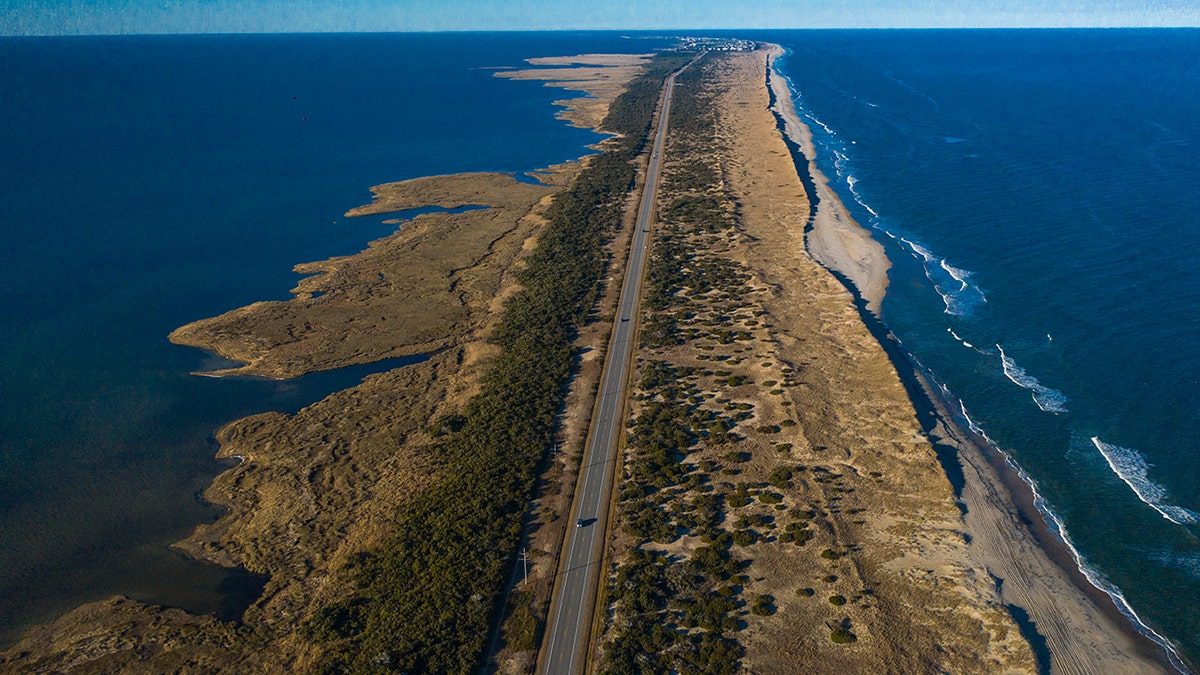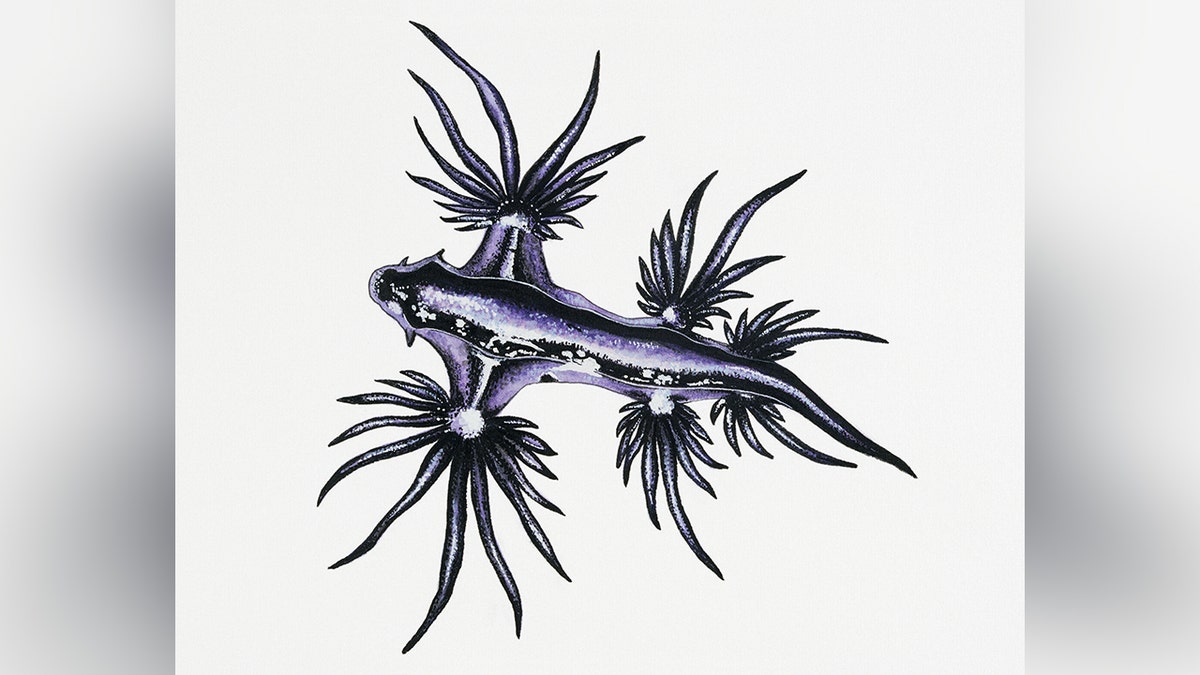World Pangolin Day is an annual event that is observed on the third Saturday of February each year. This annual event aims to raise awareness about pangolins, the world’s most trafficked mammals. This year, World Pangolin Day 2025 falls on Saturday, February 15. Pangolins are unique, nocturnal mammals found in Africa and Asia. They are known for their ability to curl into a ball when threatened.
Their protective keratin scales make them distinct, but unfortunately, they have been a target for illegal wildlife trade due to the high demand for their scales and meat. In this article, let’s know more about the World Pangolin Day 2025 date, history and significance of the annual event. February 2025 Holidays and Festivals Calendar: Get Full List of Major Events in the Second Month of the Year.
World Pangolin Day 2025 Date
World Pangolin Day 2025 falls on Saturday, February 15.
World Pangolin Day History
The first World Pangolin Day was celebrated in February 2012. The aim of World Pangolin Day is to draw as much attention to pangolins as possible since they are still relatively unknown outside of Africa and Asia. By spreading awareness on this annual event, the global community can come together and ensure the survival of these fascinating and ecologically important creatures.
World Pangolin Day Significance
World Pangolin Day is an opportunity for pangolin lovers around the world to come together and raise awareness about these unique mammals and the plight they face. Unfortunately, pangolins are one of the most frequently encountered mammals in the illegal wildlife trade. This annual event serves as a call to action for conservation efforts, stronger anti-poaching laws, and public awareness to protect pangolins from extinction.
On this day, many organisations, including conservation groups and wildlife activists around the world, host events to educate people, advocate for bans on pangolin trafficking, and promote habitat protection.
(The above story first appeared on LatestLY on Feb 14, 2025 11:08 PM IST. For more news and updates on politics, world, sports, entertainment and lifestyle, log on to our website latestly.com).



